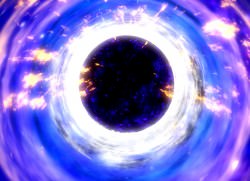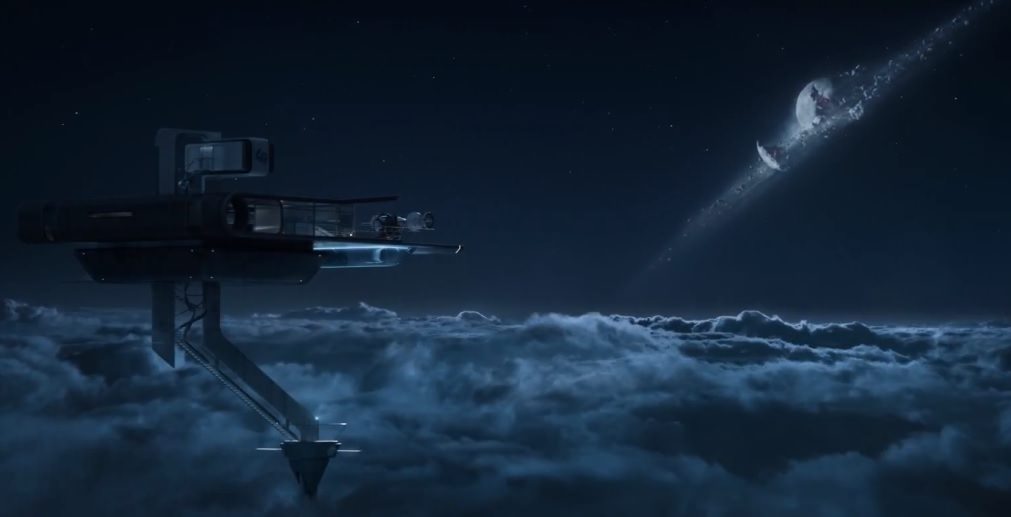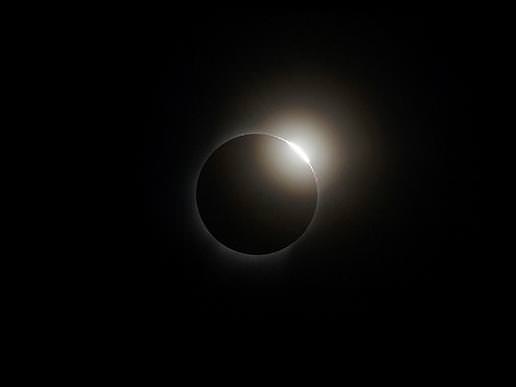Thanks to our powerful telescopes, there are so many places in the Universe we can see. But there are places hidden from us, and places that we’ll never be able to see.
We’re really lucky to live in our Universe with our particular laws of physics. At least, that’s what we keep telling ourselves. The laws of physics can be cruel and unforgiving, and should you try and cross them, they will crush you like a bug.
Here at Universe Today, we embrace our Physics overlords and prefer to focus on the positive, the fact that light travels at the speed of light is really helpful. This allows us to look backwards in time as we look further out. Billions of light-years away, we can see what the Universe looked like billions of years ago. Physics is good. Physics knows what’s best. Thanks physics. And where the hand of physics gives, it can also take away.
There are some parts of the Universe that we’ll never, ever be able to see. No matter what we do. They’ll always remain just out of reach. No matter how much we plead, in some sort of Kafka-esque nightmare, these rules do not appear to have conscience or room for appeal.
As we look outward in the cosmos, we look backwards in time and at the very edge of our vision is the Cosmic Microwave Background Radiation. The point after the Big Bang where everything had cooled down enough so it was no longer opaque. Light could finally escape and travel through a transparent Universe. This happened about 300,000 years after the Big Bang. What happened before that is a mystery. We can calculate what the Universe was like, but we can’t actually look at it. Possibly, we just don’t have the right clearance levels.
On the other end of the timeline, in the distant distant future. Assuming humans, or our Terry Gilliam inspired robot bodies are still around to observe the Universe, there will be a lot less to see. Distance is also out to rain on our sightseeing safari. The expansion of the Universe is accelerating, and galaxies are speeding away from each other faster and faster. Eventually, they’ll be moving away from us faster than the speed of light.

When that happens, we’ll see the last few photons from those distant galaxies, redshifted into oblivion. And then, we won’t see any galaxies at all. Their light will never reach us and our skies will be eerily empty. Just don’t let physics hear a sad tone in your voice, we don’t want to spend another night in the “joy re-education camps”
Currently, we can see a sphere of the Universe that measures 92 billion light-years across. Outside that sphere is more Universe, a hidden, censored Universe. Universe that we can’t see because the light hasn’t reached us yet. Fortunately, every year that goes by, a little less Universe is redacted from the record, and the sphere we can observe gets bigger by one light-year. We can see a little more in all directions.
Finally, let’s consider what’s inside the event horizon of a black hole. A place that you can’t look at, because the gravity is so strong that light itself can never escape it. So by definition, you can’t see what absorbs all its own light. Astronomers don’t know if black holes crunch down to a physical sphere and stop shrinking, or continue shrinking forever, getting smaller and smaller into infinity. Clearly, we can’t look there because we shouldn’t be looking there. They’re terrible places. The possibility of shrinking forever gives me the heebies.

And so, good news! The chocolate ration has been increased from 40 grams to 25 grams, and our physics overlords are good, can only do good, and always know what’s best for us. In fact, so good that gravity might actually provide us with a tool to “see” these hidden places, but only because “they” want us to.
When black holes form, or massive objects smash into each other, or there are “Big Bangs”, these generate distortions in spacetime called gravitational waves. Like gravity itself, these propagate across the Universe and could be detected.It’s possible we could use gravitational waves to “see” beyond the event horizon of a black hole, or past the Cosmic Microwave Background Radiation.
The problem is that gravitational waves are so faint, we haven’t even detected a single one yet. But that’s probably just a technology problem. In the end, we need a more sensitive observatory. We’ll get there. Alternately we could apply to the laws of physics board of appeals and fill in one of their 2500 page application forms in triplicate and see if we can be granted a rules exception, and maybe just get a tiny little peek behind that veil.
We live an amazing Universe, most of which we’ll never be able to see. But that’s okay, there’s enough we can see to keep us busy until infinity. What law of physics would you like to be granted a special exception to ignore. Tell us in the comments below.




